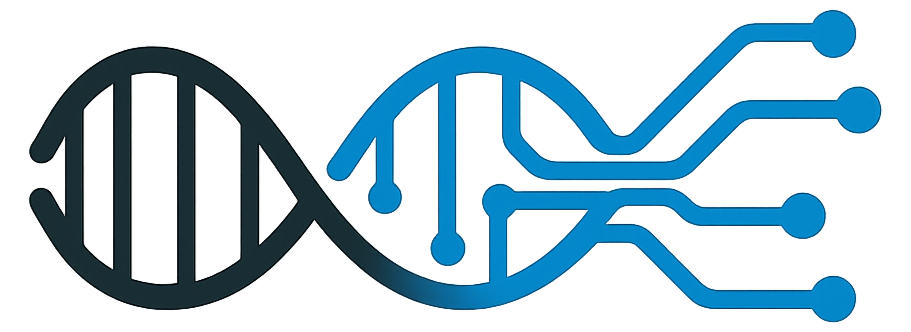🧱 The Path Is Built One Stone at a Time and We’re All Masons Now
Imagine hiking through a forest and coming to a place where the trail just… stops. The dirt path turns into soft moss and scattered roots. The people ahead of you have gone as far as they could, and now it’s your turn to figure out where the path should lead next. You crouch down, pick up a flat stone, and place it carefully in front of you. Behind you, you hear footsteps — others are following.
This is how human progress works. We inherit a trail built by countless hands before us, each adding their own stones. The philosophers and the farmers, the scientists and the storytellers, the parents and the troublemakers — all leaving their contribution behind. Some stones are smooth and sturdy. Others wobble a little but still help someone keep moving forward.
Right now, AI feels like we’ve stumbled onto a part of the forest where the trail is about to take a sharp turn into unknown territory. In this interview with Sam Altman, the CEO of OpenAI, there’s this recurring sense that what’s being built isn’t just a tool, but a foundation. GPT-5 isn’t the end of the road — it’s a batch of very large, very weird stones being laid down at high speed, and we have no agreed-upon map for where they lead.
The Path Isn’t Pre-Drawn
In the old days (like, the 2010s), big shifts in technology still had some predictability. You could guess where smartphones would go. You could roughly anticipate how streaming would evolve. But with AI, the “trail” is being created as we walk.
Sam Altman described this moment as “unprecedented in human history” — the rate of improvement is so fast that a kid born today will never be smarter than the AI they grow up with. That’s like paving a road while the car is already hitting highway speeds.
And here’s the twist: the path is not set. There is no ordained “correct” direction. Different people, different cultures, and different groups will lay stones in different ways, steering the trail toward wildly different destinations. One community might lay stones toward curing cancer. Another might lay them toward immersive virtual worlds. And, let’s be honest, someone’s going to try to lay them toward sexbot avatars.
We’re All Trailblazers (Whether We Like It or Not)
Here’s the part where you realize you’re not just a tourist on this path — you’re holding a stone. Every time you use these tools, build on them, teach others, or even push back against their misuse, you’re adding something to the road.
Altman used an image I love: society as the real superintelligence. Not any one person, but all of us together, layering contribution after contribution. Just like no single mason built the Great Wall, no single mind will build the AI future. But your stone matters.
And unlike historical moments where only a few people could lay the “key” stones, the tools now are so accessible that almost anyone can try. You don’t need a lab or a billion-dollar budget. You need curiosity, a willingness to experiment, and maybe a tolerance for your first few stones looking a little lopsided.
Choosing the Next Direction
If this is really a path we’re building in real time, the most important question isn’t just how fast we can lay stones, but which way we point them. That’s the hard part.
Do we lay toward abundance and shared access?
Toward individual empowerment?
Toward centralized control?
Or toward places we can’t yet imagine?
History’s pattern is clear: every great leap forward leaves a mess to clean up. The industrial revolutions gave us medicine and mass production, but also urban squalor and worker exploitation. If AI is “ten times bigger and ten times faster,” we’ll have to be faster at sweeping up our mistakes — and more deliberate about what kinds of paths we don’t build.
The Stone in Your Hand
When you zoom out, it’s easy to think the big stones are all being placed by giant companies, governments, and famous inventors. But look closer, and you’ll see the trail is also full of small but essential stones — tiny features someone coded, a classroom project, a local policy change, an art piece that changes how people think.
Your stone might not be the most glamorous on the path. But someone, someday, will step on it, use it to move forward, and maybe even choose their own direction because of it.
And that’s the point: the path isn’t meant to be finished. It’s meant to keep going.

